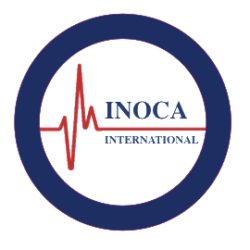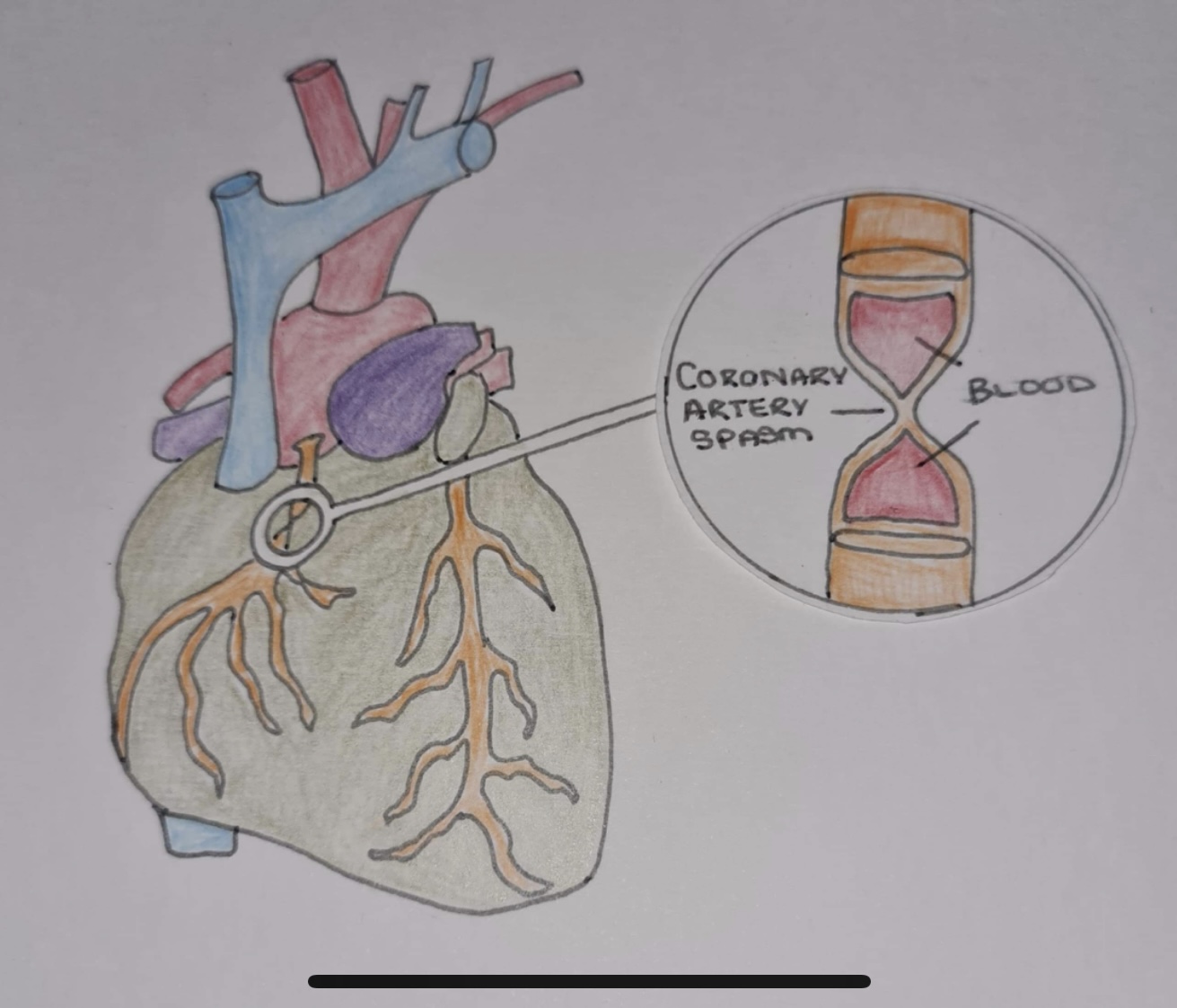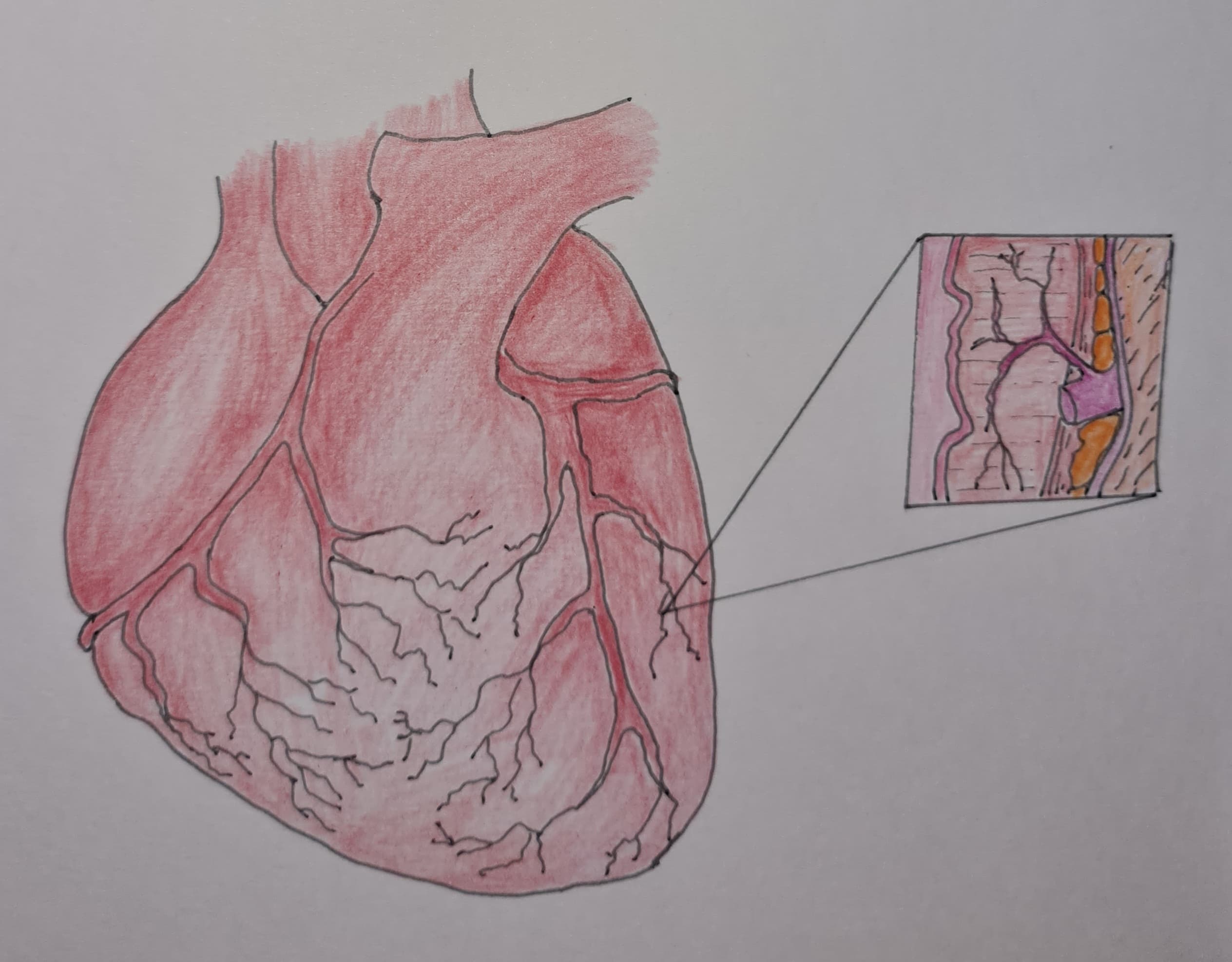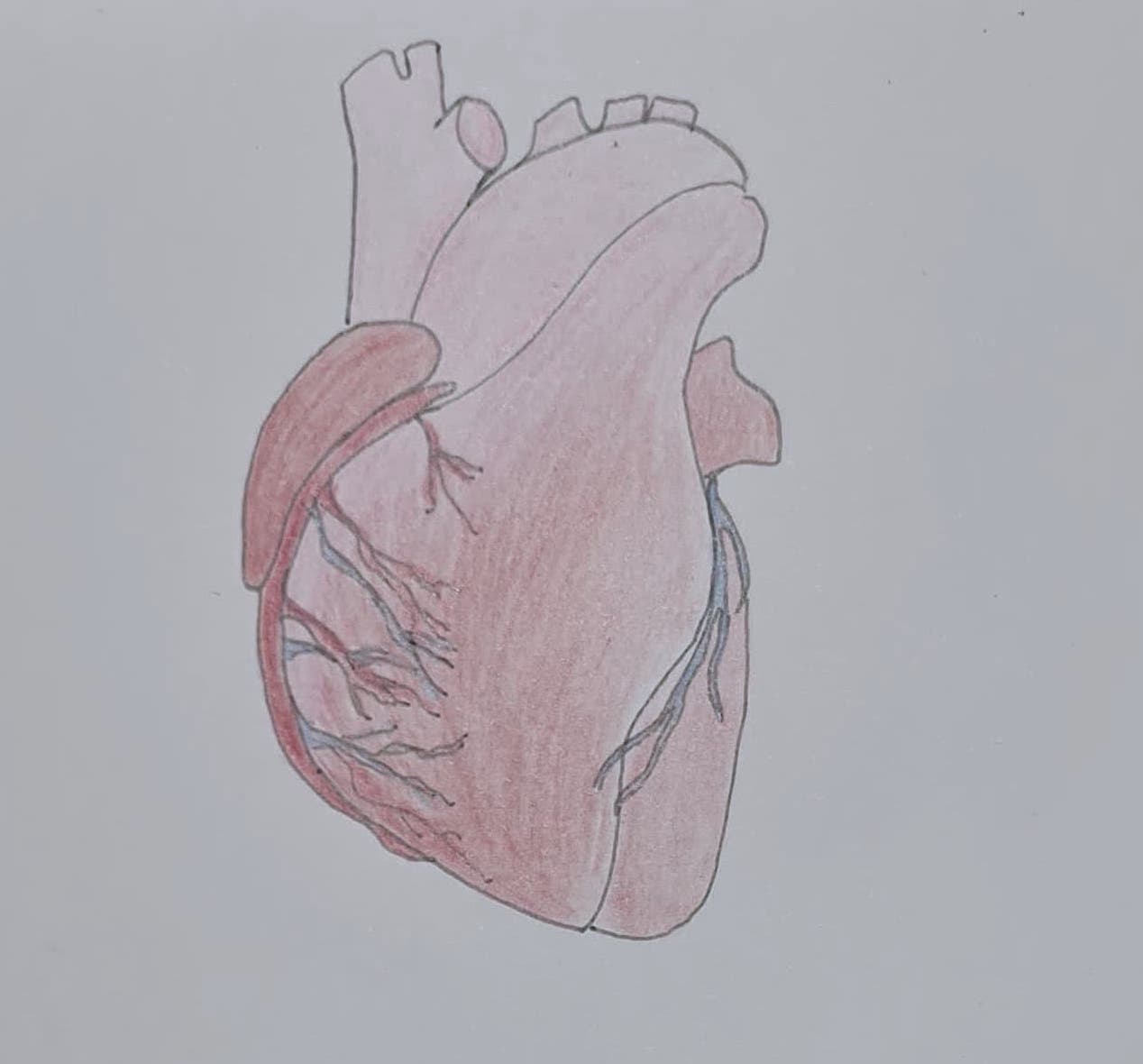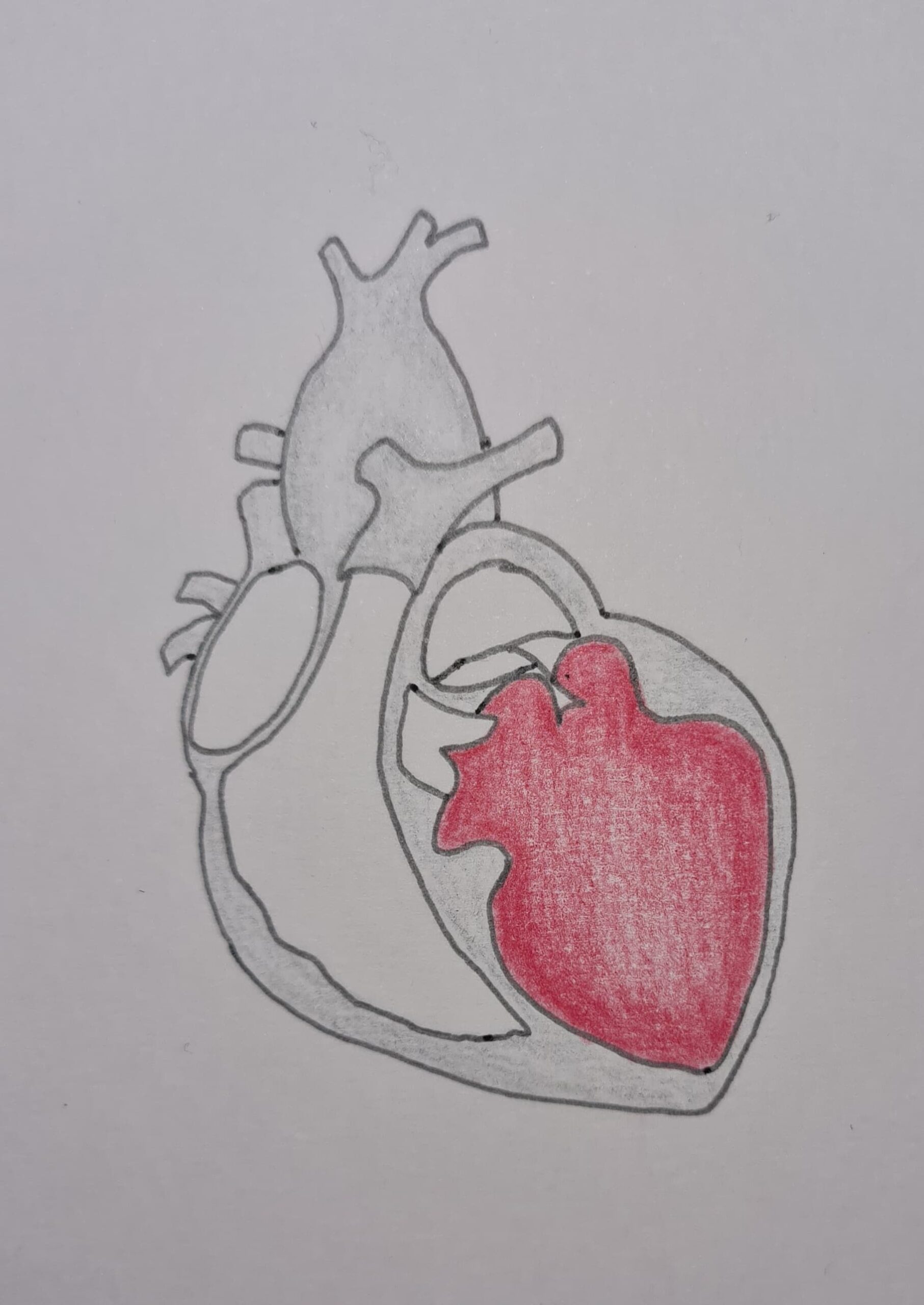
What is INOCA?
“These patients do have very real Ischaemia, it’s just affecting the small vessels that we can’t see on an angiogram”
Dr Haseeb Rahman
On this page you will find information about INOCA.
For the purposes of this website we will include Coronary Microvascular Dysfunction (causing microvascular angina), Coronary Artery Spasm (causing Printzmetals/ Vasospastic/ Variant Angina), MINOCA and TakoTsubo.
What is INOCA?
INOCA is the medical term for Ischaemia with Non Obstructed Coronary Arteries. INOCA is not one condition, but a collection of conditions and all of these come under the umbrella of Myocardial Ischaemic Syndromes. If you have an INOCA condition this means that there is a reduced or restricted blood supply to the heart muscle. This can happen in INOCA even when there are no blockages or plaque in the large coronary arteries. It is also possible to have both of these conditions – INOCA and Coronary Artery Disease – at the same time.
Traditionally it was thought that angina symptoms were due to blockages in the large coronary arteries and a doctor’s training led them to believe that if there were no blockages in the coronary arteries, then any symptoms being experienced were not due to angina. It is now more widely understood however that problems with the microcirculation (the smaller vessels), can also cause a reduction or restriction in blood flow and that this can also result in symptoms of angina.
The ‘microcirculation’ is the name given to the large collection of smaller blood vessels that feed into the heart muscle. The main coronary arteries that can be seen in a routine angiogram only account for between 5 and 10% of the whole coronary tree, so these small vessels actually account for 90-95% of the coronary tree. They are also responsible for around 70% of the regulation of the heart’s blood supply. So while these vessels might be small in size, their role is not small at all.
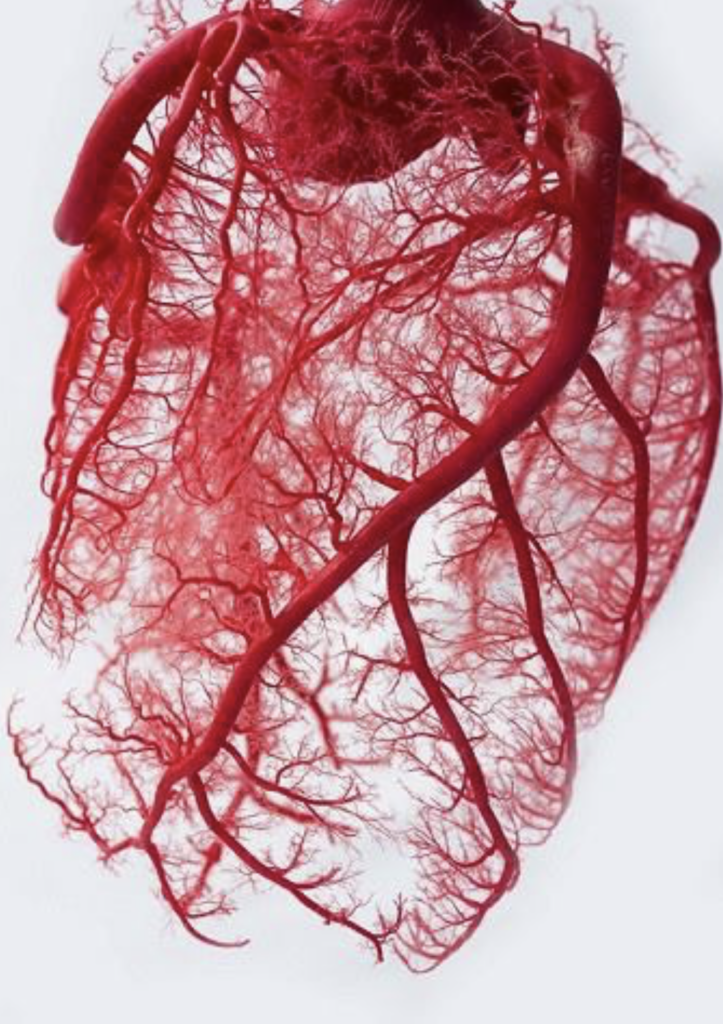

If there is a reduced blood supply to the heart you might experience symptoms that are referred to as angina. These symptoms might include chest pain or chest heaviness, jaw pain or pain in the left arm. You might also feel extreme fatigue, exhaustion or shortness of breath. These are just some of the symptoms of angina. Any symptoms you feel from an INOCA condition will also depend on the type of INOCA condition you have and may also be affected by other conditions you also have (these are often referred to as ‘co-morbidities’).
Having an INOCA condition can have a significant impact on your quality of life, from struggling to carry out straightforward daily tasks to completely changing the family dynamic and affecting a person’s ability to work. INOCA International recently worked in collaboration with Professor Martha Gulati and Professor C. Noel Bairey Merz, on an international INOCA patient Survey which looked into the impact on Quality of Life for INOCA patients. The results of our survey have been written into a paper co-authored by some of the leading minds in INOCA from around the world and has just (Sept 22) been published in the world renowned International Journal of Cardiology. You can view our INOCA Patient Survey publication here
Unfortunately INOCA conditions often do not show up on the routine tests patients might be offered at their GP surgery or Accident and Emergency department, so patients with INOCA can sometimes spend many years being sent home without diagnosis, without treatment and without help.
What conditions come under the banner of INOCA?
INOCA describes a collection of conditions which include the conditions described on the summary sheets below. The current understanding is however, that it is likely there are also other mechanisms of Ischaemia yet to be discovered, so this is by no means an exhaustive list. INOCA conditions can be very difficult to live with, but they can also be very difficult to identify, to diagnose and to manage successfully too.
In researching INOCA you may also have come across the term ANOCA. INOCA and ANOCA are very similar terms but with slightly different meanings. If someone has ANOCA, they have symptoms of Angina with no obstructed coronary arteries. If someone has INOCA they have Ischaemia with no obstructed coronary arteries. So ANOCA refers to someone who has symptoms of angina that are not confirmed by testing and INOCA refers to someone who has documented Ischaemia, which is a metabolic problem disclosed by a test. ANOCA is likely to represent a larger and more heterogenous group than INOCA, but while the terms may sometimes appear to be used interchangeably, it is worth mentioning that the two terms have slightly different meanings. NOCAD is another term used. This stands for Non Obstructive Coronary Artery Disease.
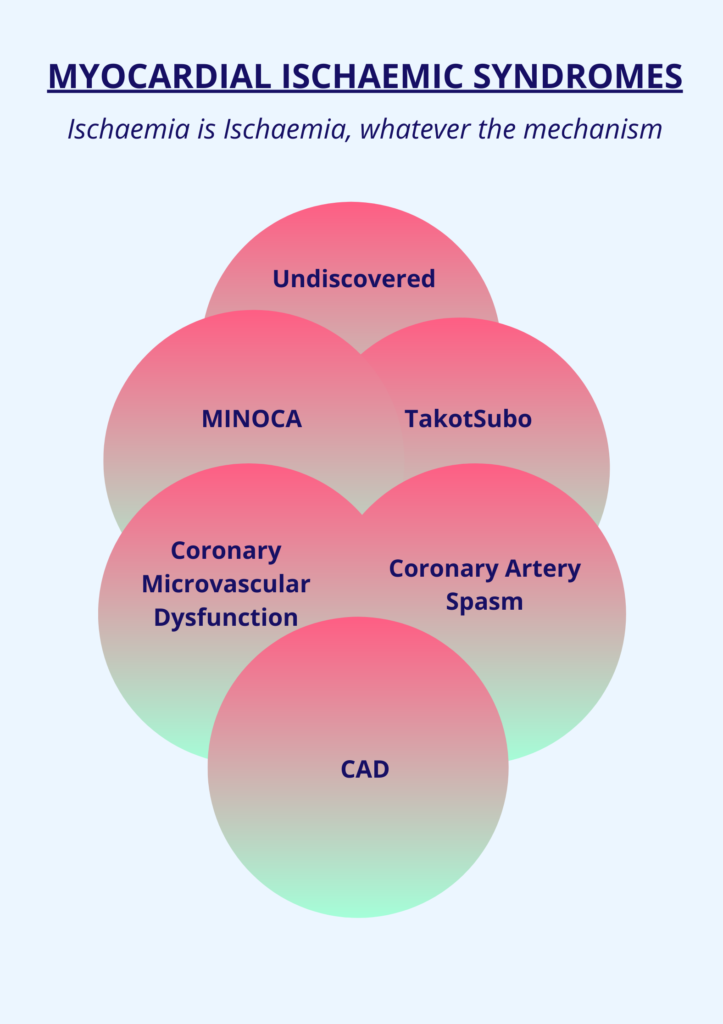
Below you will find our 4 INOCA Summary Sheets. One for Coronary Artery Spasm, one for Coronary Microvascular Dysfunction, one for MINOCA and one for Takotsubo. Each summary sheet also has an easy read version available for anyone who might perhaps prefer a more visual learning method. Our Summary Sheets have all been prepared with input from members of our Medical Advisory Board and can all be downloaded either from the 4 windows below or directly from our dedicated INOCA International downloads page.
Coronary Artery Spasm also known as Prinzmetal/Vasospastic /Variant Angina
Coronary Microvascular Dysfunction
(Causing Microvascular Angina)
Myocardial Infarction with No obstructed coronary arteries
Also known as Broken-Heart Syndrome

Living with INOCA
Living with INOCA can sometimes mean many years of casting around in a health care system that doesn’t seem to understand how to diagnose or treat INOCA conditions. That does not mean however, that there are not genuinely caring medical professionals who really do want to help improve standards of care and quality of life for INOCA patients.
INOCA International is a Patient Partnership where patients and medical professionals work together to promote a better, clearer, more consistent understanding and approach to INOCA. With the appropriate treatment and care, INOCA conditions can often be managed at least to some degree, but it is not an easy journey and there is often a process of trialling medications and dosage levels to get just the right balance to best manage the condition.
Experiencing INOCA conditions can be very scary for both the person with INOCA and also for the people around them. At INOCA International we try to help those living with INOCA to understand their condition better, to improve access to information, to identify triggers and patterns and, where possible, to learn to live better with INOCA. You can visit our dedicated LIVE page on “Living Life With INOCA” here
Are you new to INOCA?
If you are newly diagnosed with an INOCA condition or you believe you have an INOCA condition and are still seeking a diagnosis, you and your loved ones (and perhaps members of your extended family and care team too), will undoubtedly have many questions. We understand that the journey to diagnosis and treatment is not always straightforward and it is not always easy to understand the complexities of medical terminology, but we also want to reassure you that if you need clarification about any of the terminology used on this site, we are happy to help via the ‘Contact Us‘ link.
We understand that information on INOCA conditions can sometimes seem overwhelming. If you are new to INOCA you might find it helpful to start by watching the very moving patient videos or the excellent video interviews with our experts that are full of helpful information about INOCA conditions. Many of the frequently asked questions are covered in these interviews and each of the interviews with our experts has a list of the questions asked and a timeline of the video so you can if you wish, go straight to the point in the video at which a particular question has been asked. Our video page also contains excellent presentations from world leading experts in INOCA so you have the opportunity to hear direct from world leaders in the field! You can view our INOCA International videos here on the website at your leisure and move through them at your own pace. You can also view these videos as many times as you like as this is all completely free of charge.


Are you in need of Support?
Having a good support network can be of huge benefit for people living with any chronic condition, but especially one where getting a diagnosis can sometimes be prolonged and difficult, with symptoms that can also be frightening and confusing. As patients, it is important not to feel alone and to have a place to go where questions can be asked and concerns can be shared. Not everyone has access to family or friends or to people they can speak openly to. Even for those who do, there might also sometimes be a need to feel independent or to have a place to go to ask those niggling questions, to vent a frustration or to find a listening ear at 3 o’clock in the morning and this is where online forums can sometimes be of help.
On the videos page, patients themselves talk about their own journey and their own experiences. Listening to other patients and knowing that there are others out there who are going through similar things can aometimes be a huge reassurance, comfort and support. The online group we link to is a very friendly, welcoming, non judgemental patient peer support group, which means that members understand the kinds of things you are going through because many of them have experienced the same things themselves and are often able to share suggestions and ideas from their own experiences which might just be of help to others on the journey.
One of the aims of our website is to raise awareness and further understanding for patients and professionals alike so that we might all come to understand INOCA conditions more clearly. If there is anything else you think we might be able to help with please do not hesitate to get in touch via the ‘Contact Us’ page. Remember, you are not alone on this journey. There are other INOCA patients out there who will be only too happy to share their experiences with you in the hope it will be of help to you on your own INOCA journey.
Please do remember however, that we cannot provide the service of health care professionals and cannot offer medical advice.
